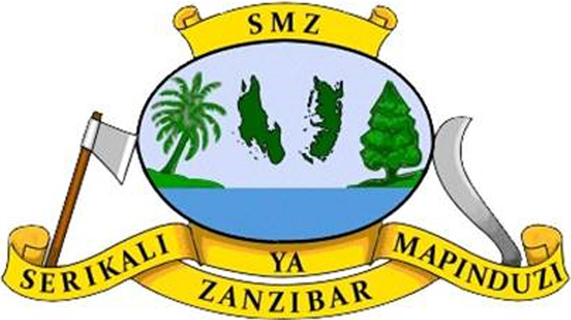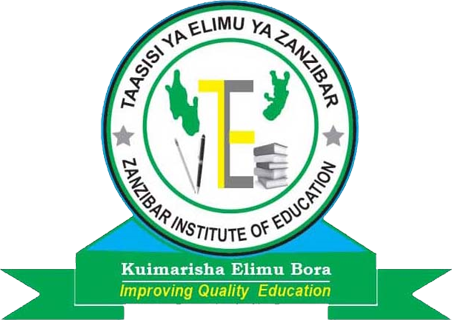Skeletons support and protect our bodies. Bugs have exoskeletons outside their bodies, while humans have endoskeletons inside. Our bones are in axial (skull, ribcage, spine) and appendicular (arms, legs) groups. Bone marrow makes blood cells; more specifically, red marrow makes blood and yellow marrow stores fat.
Patterns and processes of evolution. How evolution and natural selection are reflected in the similarities and differences of organisms.
From the extinction of the dinosaurs to humanity.
DNA is made up of two strands. Each strand has a backbone made up of alternating sugars and phosphate groups. The two strands are linked by complementary nitrogenous bases. The strands are oriented in opposite directions, making the structure "antiparallel".
Molecular structure of DNA. Nucleotide. Nitrogenous base, phosphate.
Learn about DNA (deoxyribonucleic acid). Overview of DNA bases, complementary base pairing, and the structure of the double helix.
Overview of fertilisation and early human development. From conception leading to a zygote to blastocyst, embryo and fetus.
Comparison of the processes of mitosis and meiosis. Mitosis produces two diploid (2n) somatic cells that are genetically identical to each other and the original parent cell, whereas meiosis produces four haploid (n) gametes that are genetically unique from each other and the original parent (germ) cell. Mitosis involves one cell division, whereas meiosis involves two cell divisions.
Meiosis is a process that creates sex cells (gametes) with half the number of chromosomes of the parent cell. Meiosis has two stages: meiosis I and meiosis II. In meiosis I, homologous chromosomes pair up and exchange genetic material (crossing over). In meiosis II, sister chromatids separate, creating four haploid cells.
How homologous chromosomes separate into two sets. Prophase I, metaphase I, anaphase I, and telophase I.


